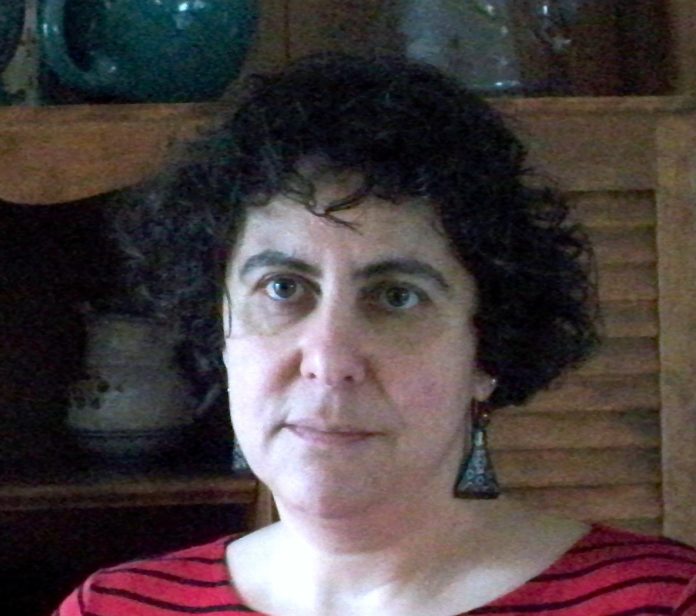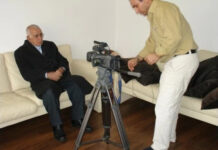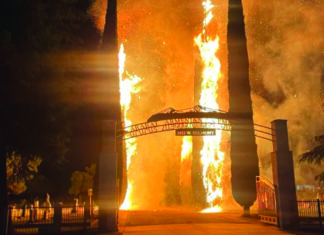By Janice Okoomian
The story might be true, or it might not be. It goes thus: Khosrofouhi, educated daughter of an elite, intellectual Armenian family in 1890s Constantinople, had three suitors. Two suitors lived in Constantinople. The third, Mgrdeech, was a cooper from Kharpert, living in Boston and travelling with an Irish-American wrestling team based in Chicago. Mgrdeech travelled to Constantinople, intending to go to Kharpert to find a bride. But friends warned him about the massacres in the provinces. Instead, they said, they knew of a nice marriageable girl in Constantinople. And so it happened that Mgrdeech knocked at Khosrofouhi’s garden gate one day. He asked for a glass of water, which she fetched for him; then he proposed to her.
Khosrofouhi was faced with a choice between extremes: one of the local men, who presumably met with parental approval, or the less socially-acceptable peasant-wrestler-émigré, who would take her far away from all of her family and connections. To choose the latter would probably run counter to the wishes of her family and might mean she would never see them again. She told Mgrdeech to return to her gate the next day for her answer.
That night, Khosrofouhi went to the catacombs to make a decision, which she did by the following method: she lit a candle for each of the three suitors. She waited (with what feelings — anxiety? indifference? hope?) for the breeze to come up and blow one of the candles out. The suitor whose candle stayed lit longest was the one she chose to marry. The next day, back at her garden gate, she told Mgrdeech that she would marry him, but that she wanted to go on a two-week vacation to the French Riviera first.
This story presents an intriguing puzzle. Why did Khosrofouhi make these choice? Was the candle ritual a way of asserting some agency in a cultural context that disallowed women from making independent choices in marriage? Was Khosrofouhi hoping to get away from a stifling patriarchal family environment? Having lived through the 1894-1896 massacres of Armenians under the regime of Sultan Abdul-Hamid, some of which took place even in Constantinople, did Khosrofouhi yearn to live in a country in which Armenians were not subject to periodic massacre or second-class citizenship? Khosrofouhi might have been a believer in jagadakeer (fate, literally “what is written on the forehead”), might have been sure that the wind represented the will of God or Destiny. Perhaps it was her family, not she, who believed in fate, and candle was a stratagem to persuade them that her choice was the right one. Or, maybe she was really unsure what to do. Perhaps Khosrofouhi actually lit the candles numerous times, trying out the alternatives until she discerned her actual desire. Hopefully it was drafty in the catacombs.
Khosrofouhi did go on her vacation and then boarded a ship for Ellis Island. She wrote to Mgrdeech telling him when she was due to arrive, but when she disembarked in New York, he was not there. Somehow, speaking only Turkish, Greek and French, she got herself, her trunk full of clothes, and her feather mattress to Boston. Mgrdeech was astonished to find her at his door, and eventually it came out that his uncle did not want him to marry a city girl and had been burning Khosrofouhi’s letters.










